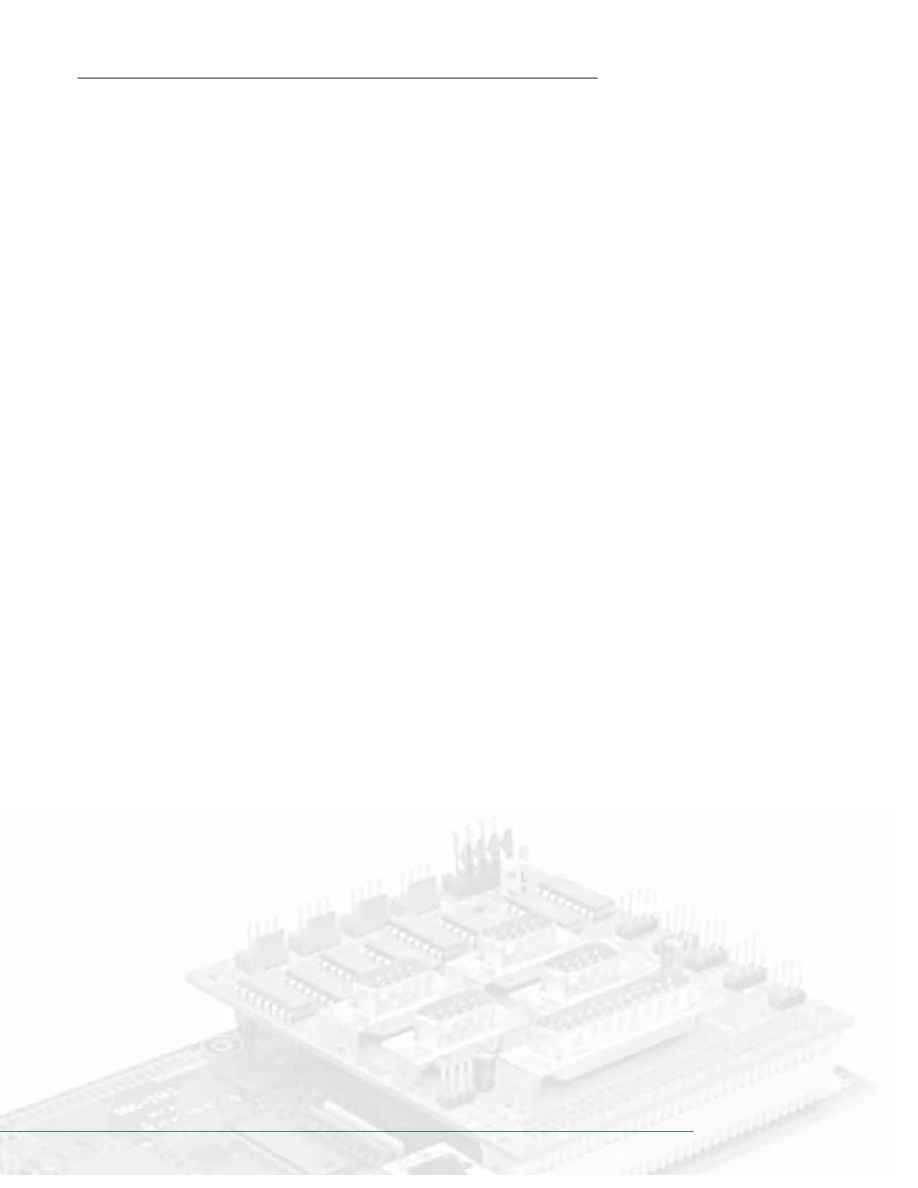
Technical References
System Elements
The motor may approach the required position in several ways.If
the motor approaches the required position from one direction and
stops, we say that the system response is overdamped.If the motor
position overshoots the target several times before settling, the
response is underdamped.Under some conditions the motor
response may oscillate and never stop; such a system is called unsta-
ble.The system response is a function of the system hardware and
PID filter parameters.The ideal system response has minimum rise-
time, minimum overshoot, and quick settling to the commanded
position.Many tools, such as Galil's WSDK servo design kit software,
are available to tune the PID filter for the optimum response.
ing, I/O processing, and error handling. It is these high-level func-
tions that allow the controller to operate as a complete stand-
alone machine controller.
To describe the operation of the system, consider an example
with the following parameters:
PARAMETERS
DEFINITION
K
t
= 0.1 Nm/A
Motor torque constant
J
m
= 10
-4
kg m
2
Moment of inertia
r = 2
Motor resistance
N = 500 lines/rev Encoder line density
K
a
= 3 amps/V
Amplifier current gain
Suppose the system is required to be at position zero (R=0)
but the actual motor position is -20 (C = -20).The controller deter-
mines the position error according to the equation E = R - C, result-
ing in an error of 20 counts.The error signal E is then processed by
the filter.Assume the combined gain of the filter and the DAC is 0.1 V
per count:this implies that an error signal of 20 counts produces a
motion command signal X of 2 V.
The signal X is applied to the amplifier with the given gain of
3 amps/V, resulting in a current of 6 amps.When the current is
applied to the motor, it produces a torque Tg which equals the prod-
uct of the current and the torque constant Kt.In this case,the posi-
tive torque of .6 Nm is generated which drives the motor forward,
reducing the position error.The generated torque accelerates the
motor at the rate a where:
a = T
g
/ J
m
for the given system parameters, a = 6000 rad/sec
2
.
As the motor moves closer to the desired position, the error E
decreases and, along with it, the drive signal to the motor.When the
motor reaches the desired position exactly, the position error drops
to zero, as does the motion command signal.No current is applied to
the motor while it remains in the commanded position.However,
whenever the motor moves away, a correction torque is applied to
force it back to the required position.
4
www.galilmc.com / Galil Motion Control, Inc.
